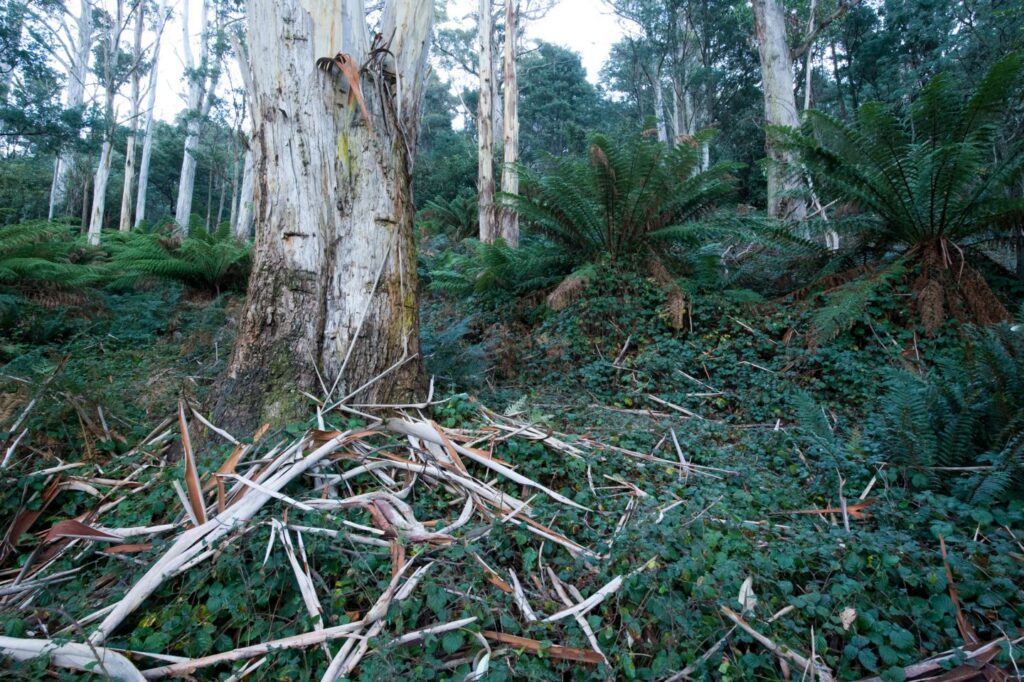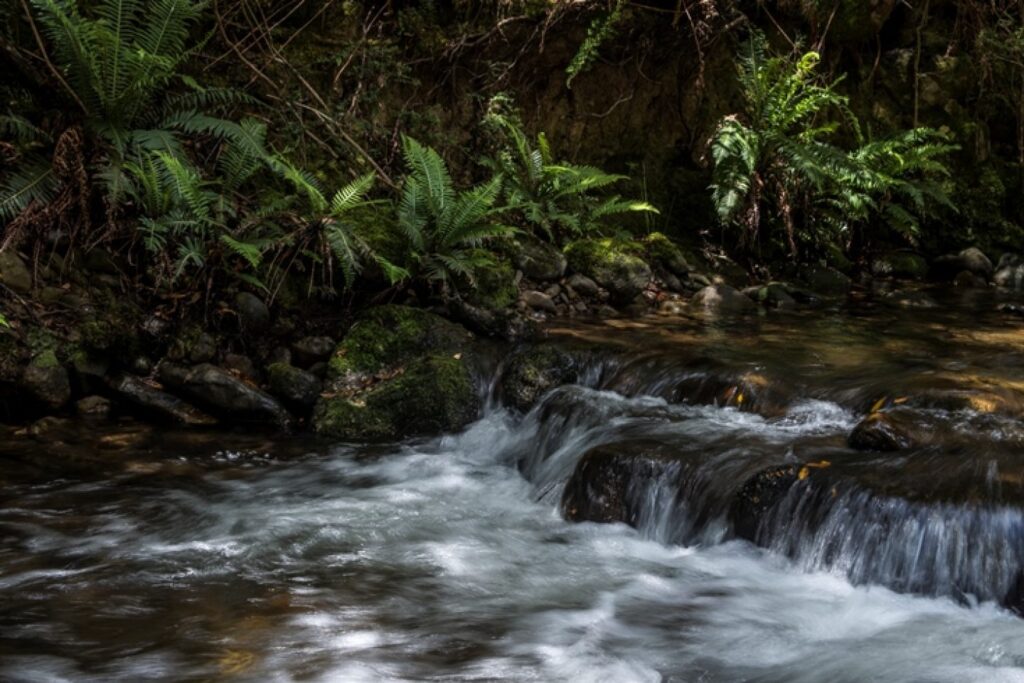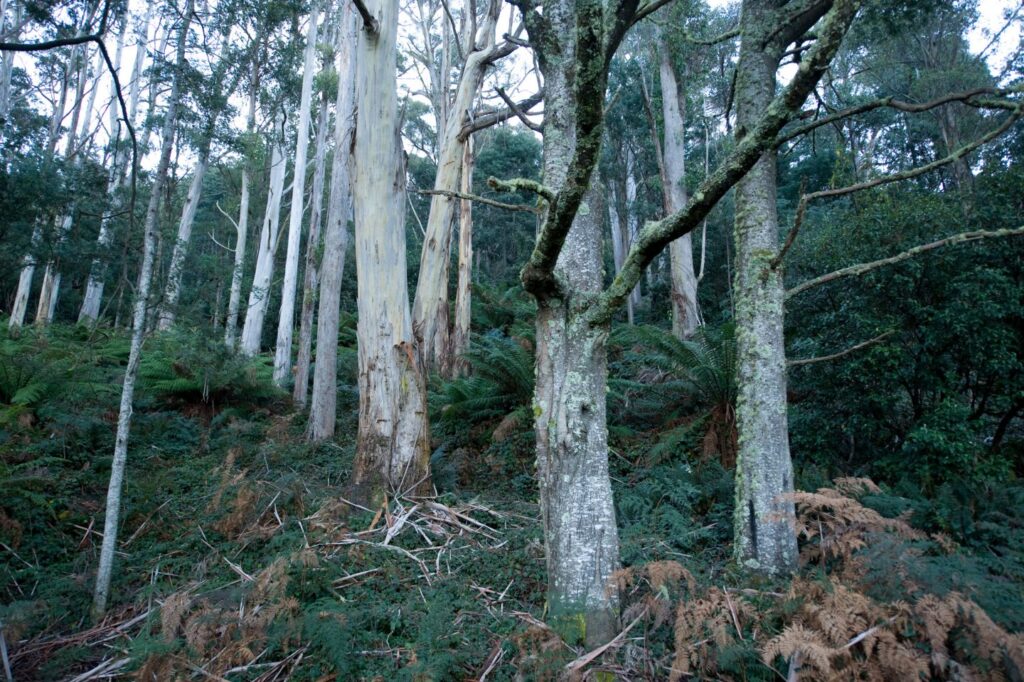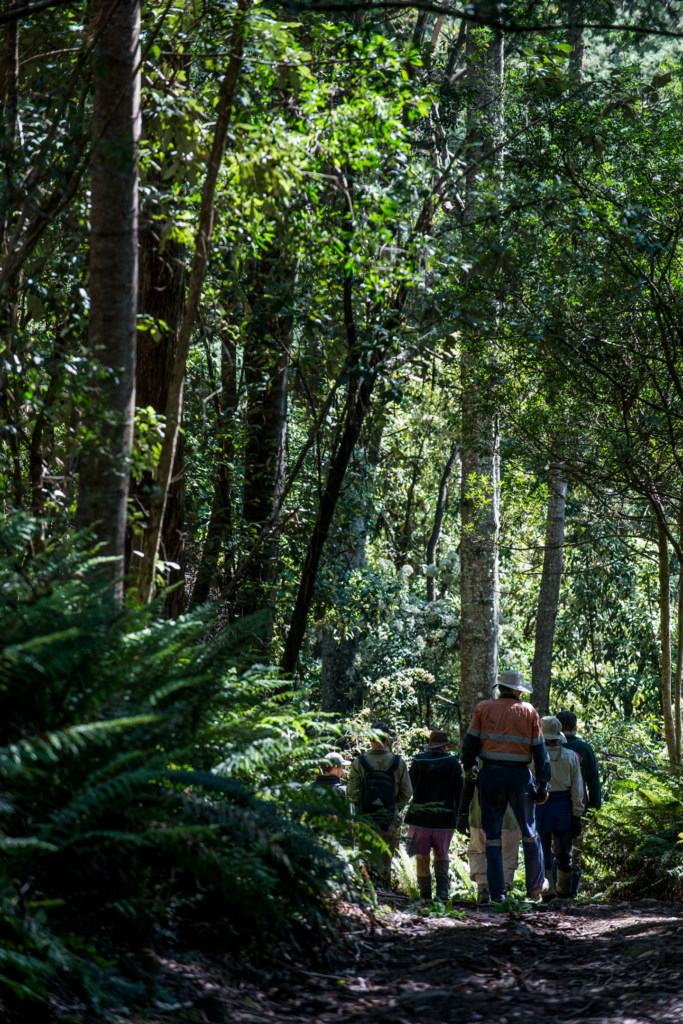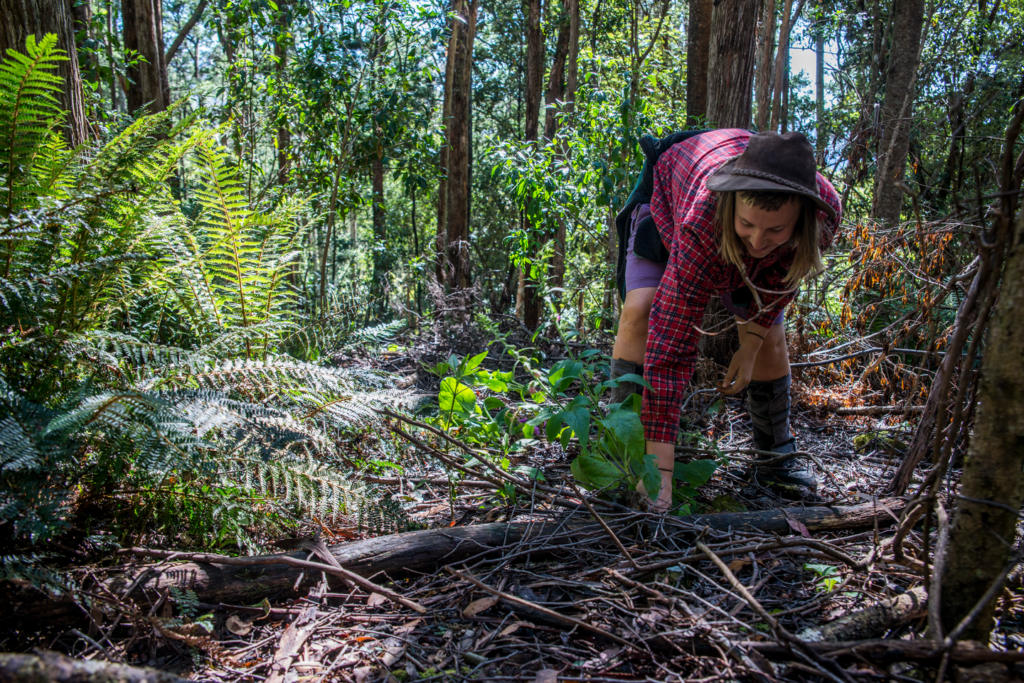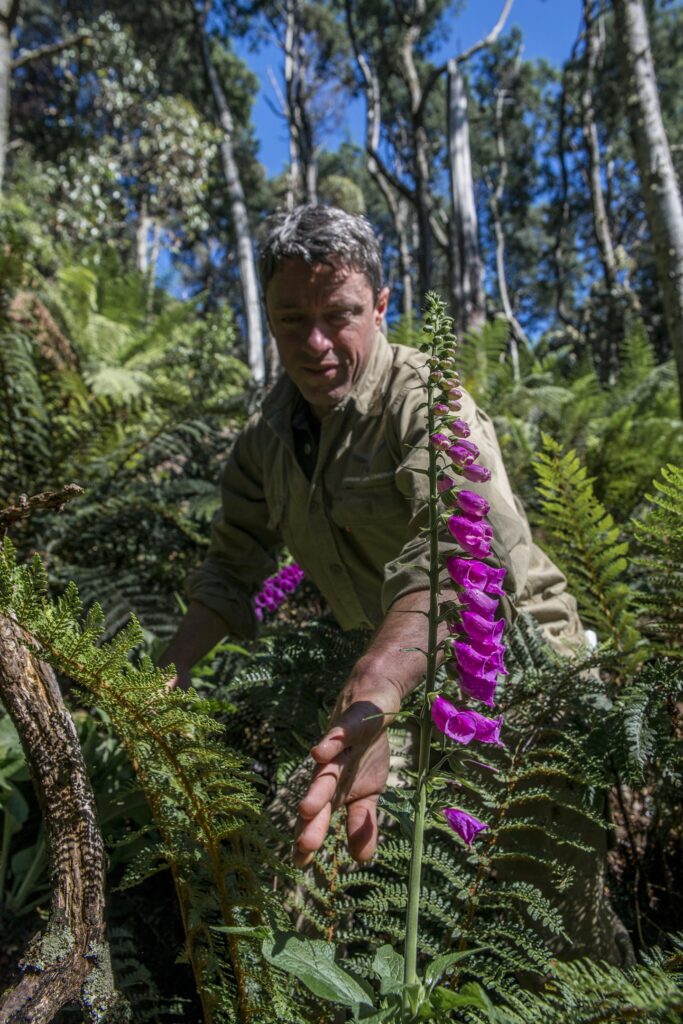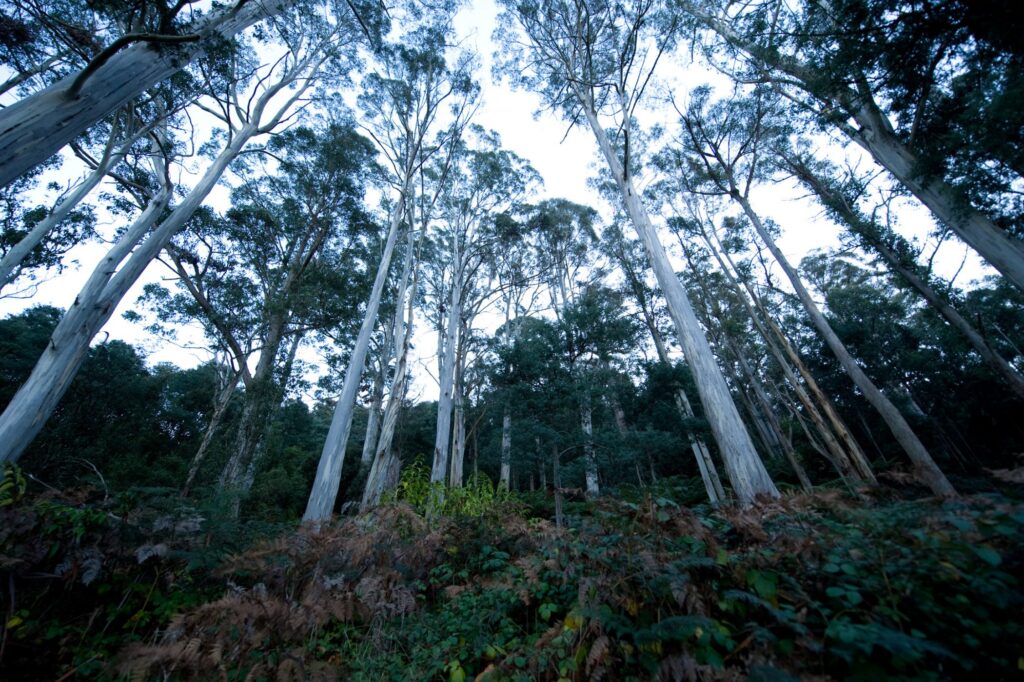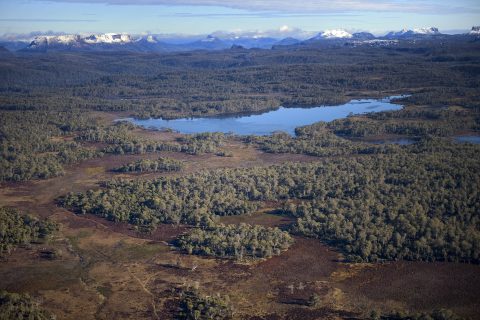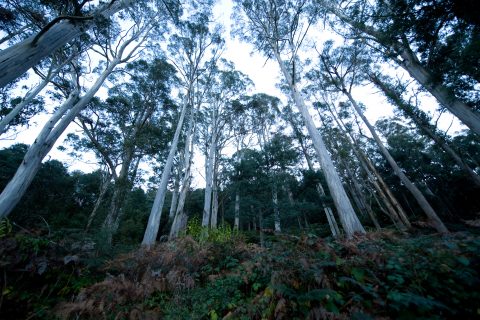NATURAL VALUES AND CONTEXT
The 14 hectare reserve rises steeply from the Liffey River and harbours beautiful mature blackwood trees (Acacia melanoxylon) scattered among the intact riparian vegetation. The remainder of the property contains regenerating gum topped stringy bark (Eucalyptus delegatensis), Brown top stringy bark (E. obliqua), occasional white gum (E. viminalis) with a mid-storey of large old silver wattle (Acacia dealbata). The reserve has a wide variety of ferns, including 2-4 m tall tree ferns (Dicksonia antartica) along the creek lines.
The Liffey Reserve forms part of the Tasmanian Wilderness World Heritage Area.
The land has been cleared in the past and has been regenerating naturally over the past 30-40 years. The Liffey Reserve was included within the Tasmanian Wilderness World Heritage Area in 2013, and forms part of the northern boundary of the World Heritage Area. While there have been no threatened species recorded on the property there is good habitat for Maidenhair spleenwort (Asplenium hookerianum), a state and nationally listed threatened fern.
MANAGING LIFFEY RESERVE
The Lower Liffey Reserve has a long history of use and as such needs to be allowed to regenerate naturally. The property has several weed species that have the potential to negatively impact on that regeneration, including foxglove, blackberry and elderberry, all of which have been treated over the past four years. Weed control will be ongoing due to the large seed source on adjacent land and roadsides.
THE LIFFEY STORY
In 2010 the TLC launched the New Leaf project to conserve 28,000 hectares of native forest formerly owned by the logging company Gunns Limited. That purchase was made possible by the generous loan and gifts from the Elsie Cameron Foundation, Graeme Wood Foundation, and Rob and Sandy Purves Environmental Trust, and by the actions of Dr Bob Brown.
Bob Brown tells the story…
‘At the time Gunns announced it was selling off much of its forested lands in Tasmania, I noticed one block was near the Liffey Falls. Just 14 hectares, I know this land well – it touches corners with the 100 hectare block on the other (east) side of the Liffey River which I bought in 1990 and which became the first Bush Heritage Australia property.
I went up and checked out the block: it is tattered but formed an important complement to the Liffey Falls Reserve camp area – it is on the west bank of the river opposite the camp. So I took the unusual (desperate) step of telephoning Gunns’ CEO, Greg L’Estrange in Launceston, who I had met before and is a thoroughly good fellow. He was immediately interested in my suggestion that the block go to TLC’s good hands – and so it did!’
